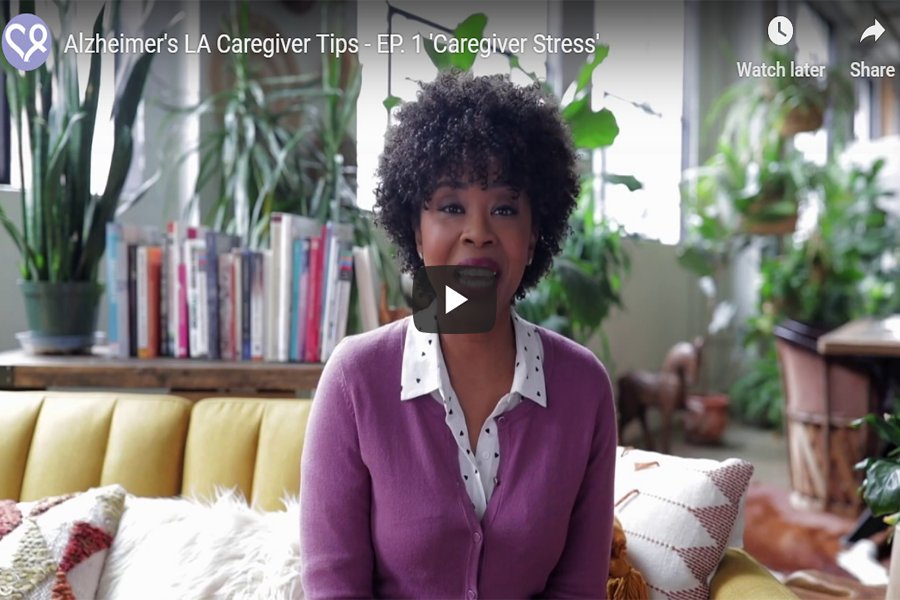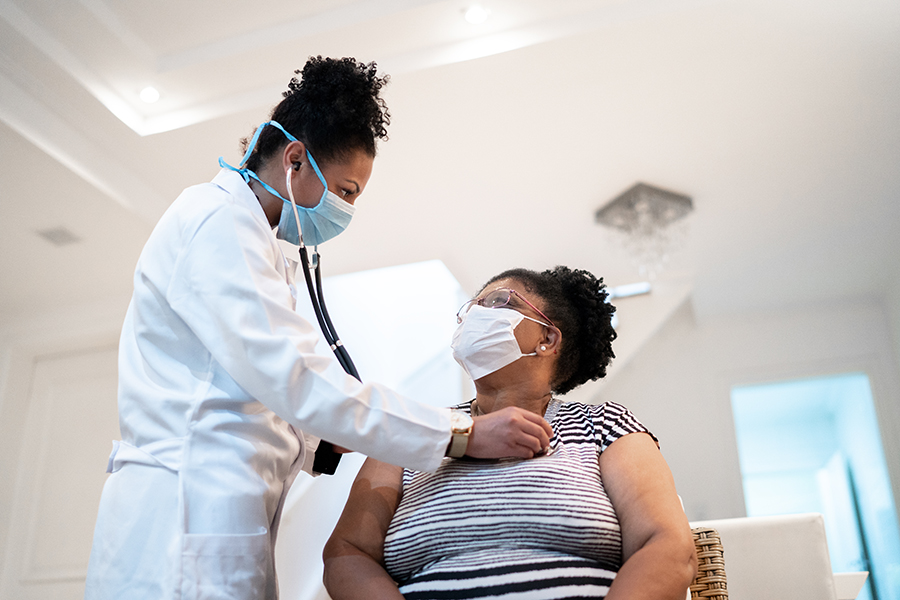Medicare Star Ratings help individuals with Medicare compare health plans and providers, based on both quality and performance. Developed by the Centers for Medicare & Medicaid Services (CMS), Medicare Star Ratings help educate consumers on quality, make it easier for Medicare beneficiaries to compare Medicare Advantage plans, and make quality data more transparent. The goal of Star Ratings is to improve the health and quality of care for people covered by Medicare.
This rating system also assists CMS in improving accountability for the care provided by physicians, hospitals, and other providers. To achieve this, CMS rates Medicare Advantage (Part C) and prescription drug (Pard D) plans on a 5-star scale, with 1 being the lowest score and 5 being the highest score. Ratings fous on health plan quality, using measurements that include customer satisfaction and quality of care.
Up to 40 unique quality measures are included in the Medicare Part C and D Star Ratings, including success in providing preventive services, managing chronic illness, access to care, Healthcare Effectiveness Data and Information Set (HEDIS®) measures, the Consumer Assessment of Healthcare Providers and Systems (CAHPS©) survey, and responsiveness.
How to find a Medicare Plan Star Rating
To explore Star Ratings for Medicare Advantage or Part D plans, use the Medicare Plan Finder (MPF) tool. This tool allows consumers to search for health plans in their geographic area and compare cost estimates and coverage information.
How Does Medicare Establish Plan Ratings?
CMS rates the relative quality of service and care provided by Medicare Advantage Organizations (MAOs) based upon a five-star rating scale that utilizes member satisfaction data from a variety of measures, including two anonymous surveys: the Consumer Assessment of Healthcare Providers and Systems (CAHPS) survey and the Health Outcomes Survey (HOS). These surveys are mailed to Medicare beneficiaries annually, with the CAHPS survey sent from March through June and the HOS survey sent from April through July. The surveys ask beneficiaries about their experiences with health care providers, including their perceptions of the health plan, staff, and providers. For more about CAHPS and HOS surveys, see below.
What is the CAHPS Program?
The Consumer Assessment of Healthcare Providers and Systems (CAHPS®) program is an annual survey to support and promote the assessment of patients’ experiences with health care providers and access to health care services. CAHPS is an AHRQ program that began in 1995. The CAHPS survey covers topics important to consumers and focuses on quality measures such as the communication skills of providers and ease of access to health care services. From March through June, a random sample of members with Medicare Advantage plans receive the CAHPS survey. Participation is voluntary.
Health Outcomes Survey (HOS) and Medicare Star Ratings
Five HOS measures (two functional health measures and three HEDIS Effectiveness of Care measures) are included in the annual Medicare Part C Star Ratings. In the 2024 and 2025 HOS Star Ratings, the functional health measures are for display only, and the following HEDIS Effectiveness of Care measures are included in the Medicare Part C Star Ratings:
- Monitoring Physical Activity
- Improving Bladder Control
- Reducing the Risk of Falling
The HEDIS Effectiveness of Care measures are collected from the HOS in a series of questions that ask health plan members about information and care they receive from their health care providers. Beginning in 2021, these measures are reported in each MAO’s annual HEDIS HOS Effectiveness of Care Report. Questions are collected to derive the following three HEDIS measures: Management of Urinary Incontinence in Older Adults, Physical Activity in Older Adults, and Fall Risk Management. These rates are utilized by CMS for the Medicare Part C Star Ratings: Improving Bladder Control is the Treatment of Urinary Incontinence rate, Monitoring Physical Activity is the Advising Physical Activity rate, and Reducing the Risk of Falling is the Managing Fall Risk rate.
The following HOS measures are currently for display only, and are not incorporated in the Star Ratings calculations:
- Improving or Maintaining Physical Health
- Improving or Maintaining Mental Health
- Physical Functioning Activities of Daily Living (in development)
Two of three functional health display measures are derived from the Veterans RAND 12-Item Health Survey (VR-12) portion of the HOS, which serves as the core measure for the physical component summary (PCS) and mental component summary (MCS) scores. These measures are reported in each MAO’s annual HOS Performance Measurement Report that is posted on HPMS. The Improving or Maintaining Physical Health measure is the combined Physical Health Percent Better+Same result, and the Improving or Maintaining Mental Health measure is the combined Mental Health Percent Better+Same result. The third functional health display measure is the Physical Functioning Activities of Daily Living (PFADL), which remains under development. The PFADL is derived from the combination of two physical functioning questions from the VR-12 (limitations in moderate activities or climbing stairs) and six activities of daily living (ADL) questions (difficulty with bathing, dressing, eating, walking, getting in and out of chairs, or using the toilet).
The HEDIS Effectiveness of Care measures are also collected from the HOS in a series of questions that ask beneficiaries about information and care they receive from their health care providers. These measures are reported in each MAO’s annual HOS Baseline Report that is posted on the HPMS. The measures are obtained from the combined data for the baseline cohort and a follow up cohort from the same measurement year (i.e., a round of data). Questions are collected to derive the following four HEDIS measures: Management of Urinary Incontinence in Older Adults, Physical Activity in Older Adults, Fall Risk Management, and Osteoporosis Testing in Older Women. Three rates from these four measures are utilized by CMS for the Medicare Part C Star Ratings: Improving Bladder Control is the Treatment of Urinary Incontinence rate, Monitoring Physical Activity is the Advising Physical Activity rate, and Reducing the Risk of Falling is the Managing Fall Risk rate.
For more detailed information on Medicare Star Ratings scoring and analysis, visit hosonline.org/en/hos-and-the-star-ratings.
Medicare Star Ratings Timeline
The 2025 Medicare Part C Star Ratings will be posted in October 2024. The HOS 2021-2023 Cohort 24 Merged Baseline and Follow Up data will be used for the three functional health measures, and the combined HOS 2023 Cohort 26 Baseline and 2023 Cohort 24 Follow Up data set will be used for the three 2023 HEDIS Effectiveness of Care measures (see Timeline Table here).
The 2024 Medicare Part C Star Ratings were posted in October 2023. The HOS 2020-2022 Cohort 23 Merged Baseline and Follow Up data set was used for the three functional health measures, and the combined HOS 2022 Cohort 25 Baseline and 2022 Cohort 23 Follow Up data set was used for the three 2022 HEDIS Effectiveness of Care measures (see yellow highlighted text in the Timeline Table here).
Information about best practices in promoting quality preventive health care for the elderly and developing intervention strategies to impact patient outcomes is available in the 2012 MAO resource guide and 2011 technical report on the functional status of older adults in the Trainings section.
For any provider-related questions related to Medicare Part C and D Star Ratings, contact PartCandDStarRatings@cms.hhs.gov.
How to find a Medicare Plan Star Rating
To explore Star Ratings for Medicare Advantage or Part D plans, use the Medicare Plan Finder (MPF) tool. This tool allows consumers to search for health plans in their geographic area and compare cost estimates and coverage information.























